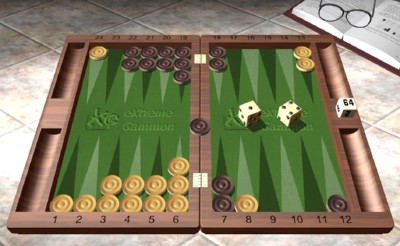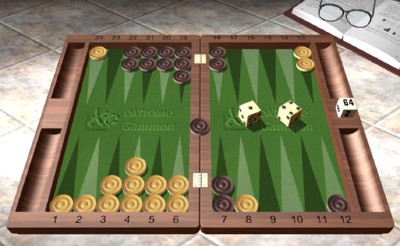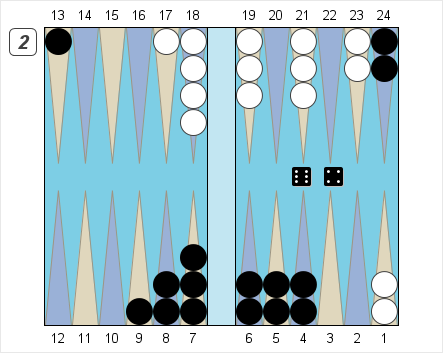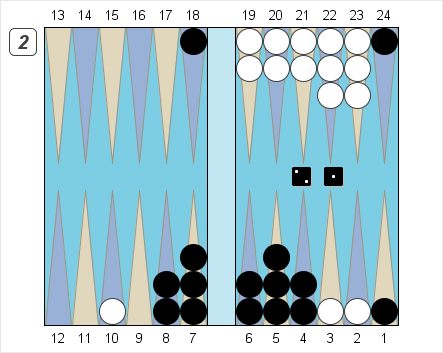Money game, White owns the cube.

White to play 4-1.
This position is not difficult but it illustrates a key idea in priming games, whether prime against prime or prime against blitz: Do the hardest thing first, and force your opponent to do a hard thing in reply.
By “hard thing” I mean anything that you are a 70-30 underdog (or worse) to do. Usually this implies anything that must be done and which requires a single number on the dice. When we begin thinking in terms of “doing hard things” and “making our opponent do hard things”, complicated positions can start to look pretty simple.
Here, for instance, it’s clear that Black’s prime will not break. Black has to come in from the bar, which might take a while, after which he has the checkers on the 18-point to move, as well as the checker which just entered and the checker on the midpoint. So to win, White will have to escape his rear checker, and that will require an ace (a “hard thing”) plus a six (another “hard thing”). Since he just threw an ace, he wants to play 24/23 if at all possible. Since he can use the four to make both a 5-point board and a 5-prime, that’s his play. He should move 24/23 and 6/2.
What would it take for White to pass up 24/23 with the ace? In most variations of this position, 24/23 will remain correct, but here’s an example where it’s a mistake:

Position A: White to play 4-1.
Without a 5-point board to give Black something “hard” to do, White doesn’t have the security of moving to the 23-point. Here he has to play 2/1, to keep Black on the bar for some time. After that, either 8/4 or 13/9 are about equal.









